 |
| Traditional seafood exploitation in Tam Giang - Cau Hai |
That was the idea raised by researcher Nguyen Phuoc Bao Dan (National Institute of Culture and Arts in Hue ) at a related workshop on Tam Giang – Cau Hai lagoon. Although this idea was initially suggestive, it received much support from cultural and nature conservation experts.
In the Central region and Hue in particular, the sea - lagoon - plain - hill - mountain range of the Truong Son range are all that appear from a geographical perspective that extends east - west. This extremely short distance is a natural constant as many researchers have mentioned, but it is also the factor that brings about cultural diversity, if viewed in a specific sub-region. Tam Giang - Cau Hai lagoon, through this perspective, can be said to hold a part in the structure of Hue culture.
Tam Giang - Cau Hai lagoon is a large brackish water lagoon chain of the province, with a total area of about 22,000 hectares, nearly 70km long running in the northwest - southeast direction (parallel to the coast). The first point is calculated from the end of the O Lau River flowing down and gradually expanding through Phong Dien, Quang Dien districts, Hue city, Phu Vang and Phu Loc districts, forming Tam Giang lagoon (from O Lau river to Thuan An estuary); Thuy Tu lagoon (including Chuon lagoon, Sam lagoon, Thuy Tu lagoon) and Cau Hai lagoon connecting to Tu Hien estuary.
According to researcher Bao Dan, the lagoon area is the habitat of many unique fish species, diverse aquatic algae species, and there is always a change between them, filling in the season, in a cycle with the increase and decrease of salinity and freshness of the water source. This diverse ecosystem is the foundation for a rich source of food and cuisine . The lagoon area is also the space of many unique dishes, bearing regional identity.
In addition, the role of hydro-humans who have existed for many generations on this water surface has gained for themselves and the community many valuable experiences in dealing with the unique and special brackish water ecological environment.
“The hydromancer has a deep understanding of the water level, the bottom, the weather of the lagoon, or the aquatic resources, which is clearly shown through the seasonal calendar, fishing cycle, the location of the means and methods of fishing, the system of rituals related to the craft and the rituals in the human life cycle. This traditional cultural capital has changed and been replaced in certain historical periods due to many reasons, and currently, we can cite many different examples,” researcher Bao Dan analyzed. Therefore, this is the time when we still have the opportunity to preserve the precious traditional cultural capital in many different ways, and the implementation of a river museum is the most effective way.
To do this, researcher Bao Dan said it is necessary to define a database focusing on human capital, material and spiritual cultural capital, handicrafts, folk art capital, etc. Determining the database in detail will be the foundation for a rich and vibrant museum. Depending on the conditions and initial goals, it is possible to build an exhibition house on Tam Giang - Cau Hai lagoon and then move towards the Tam Giang - Cau Hai lagoon museum when the foundation is solid.
According to a researcher at the National Institute of Culture and Arts in Hue, building an exhibition hall or museum still depends on many different conditions. Among them, human resources and funding are not small challenges.
However, if we start implementing, we still have basic advantages. It can be mentioned as the timing and current events because this time is quite suitable when the people of the water area have settled down, but many parts are still closely attached to traditional livelihoods. In addition, the traditional cultural capital of the community, the convenient transportation network to the area by both water and land...
Source








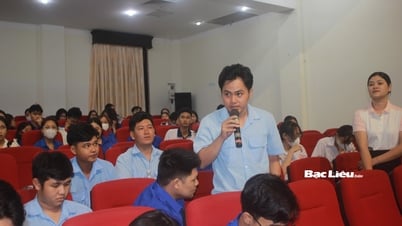


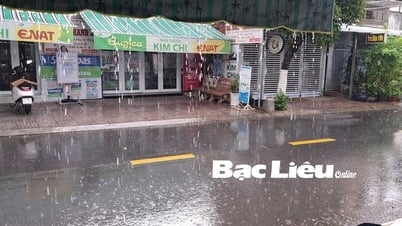
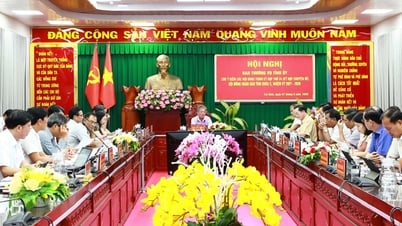
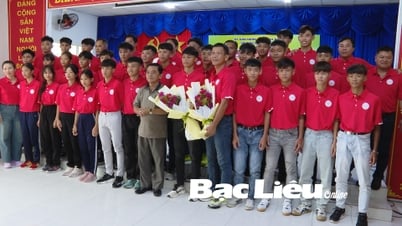
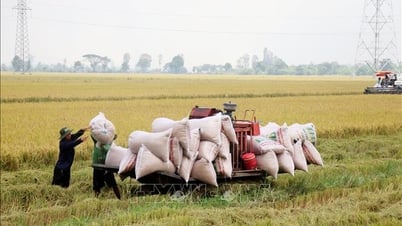




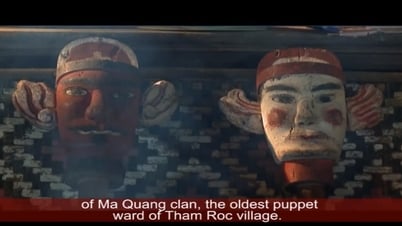
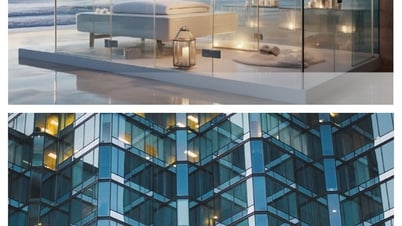


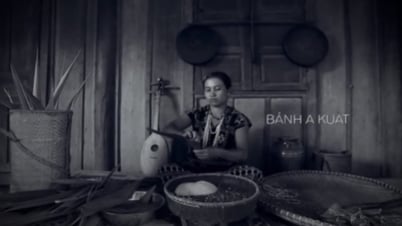


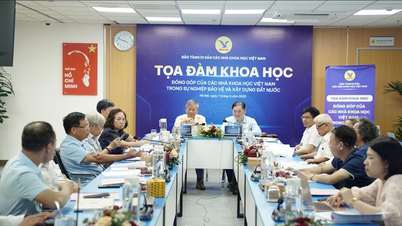


























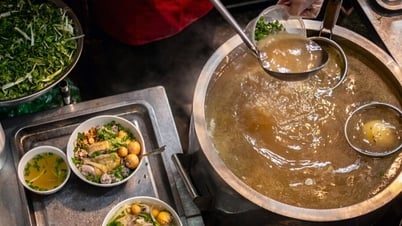







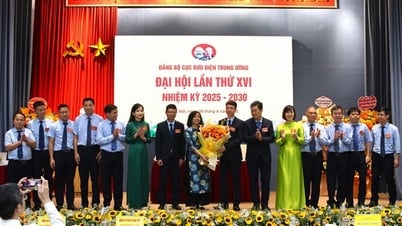






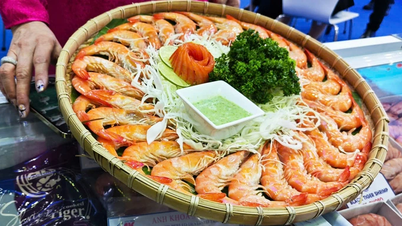

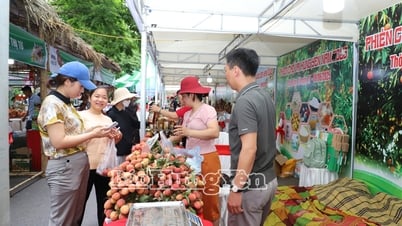



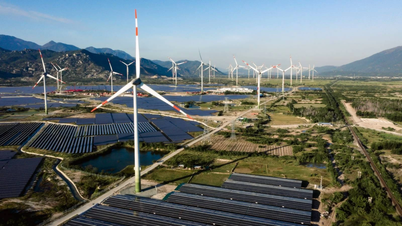
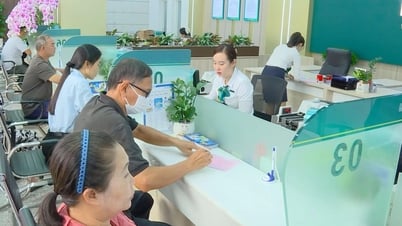








![[OCOP REVIEW] Tu Duyen Syrup - The essence of herbs from the mountains and forests of Nhu Thanh](https://vphoto.vietnam.vn/thumb/402x226/vietnam/resource/IMAGE/2025/6/5/58ca32fce4ec44039e444fbfae7e75ec)



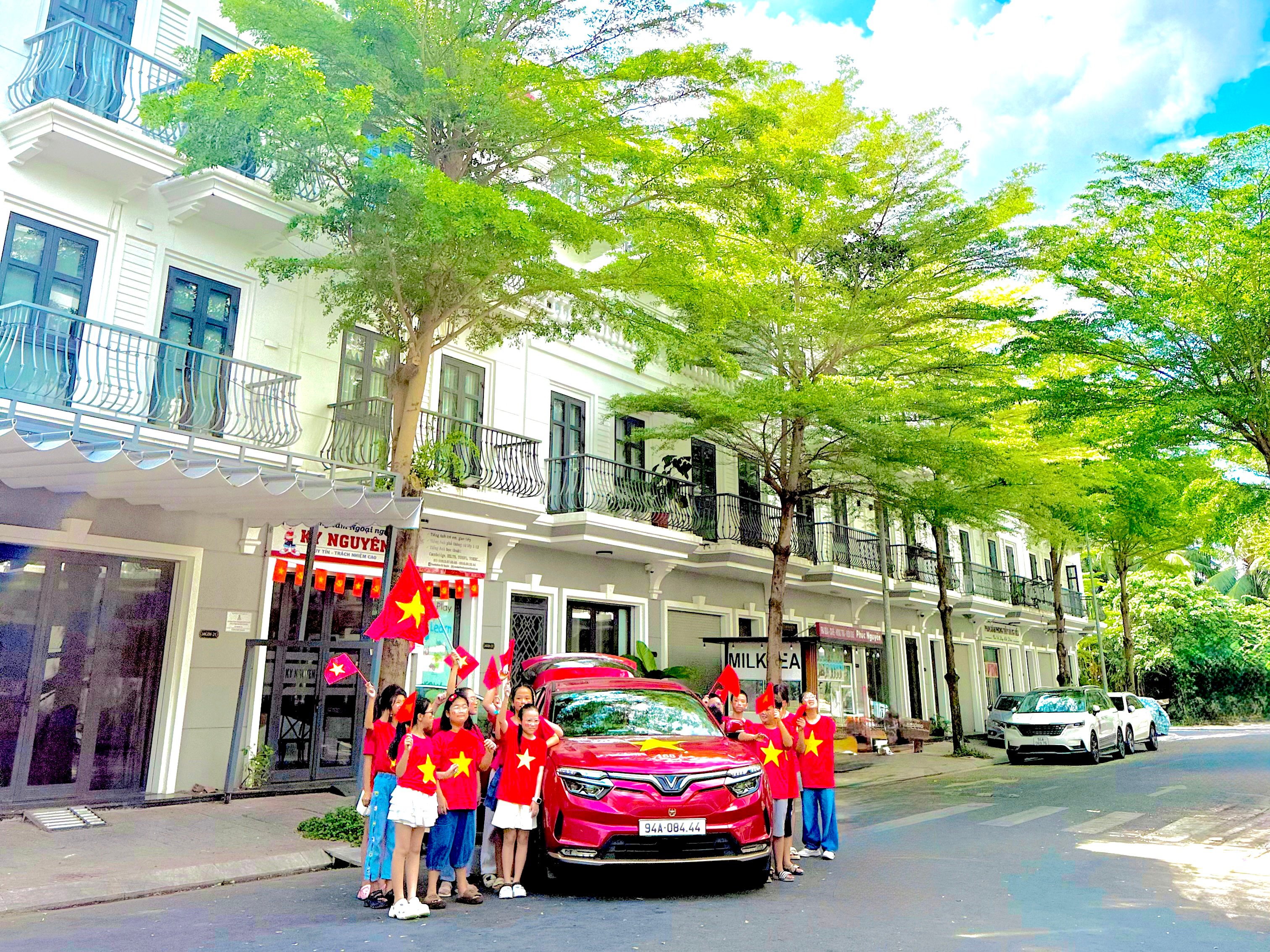
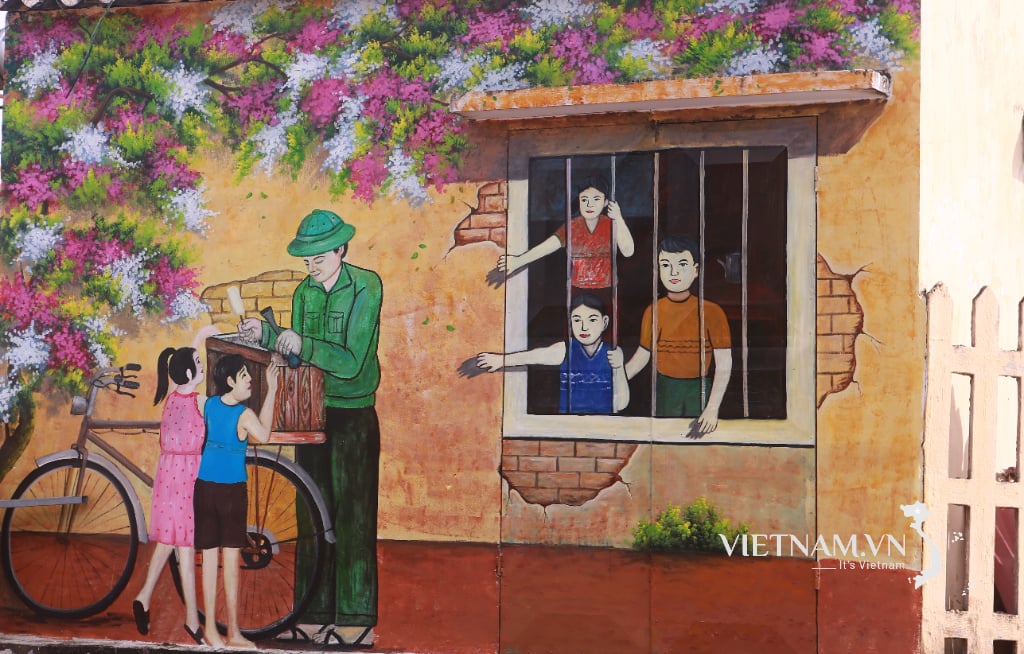
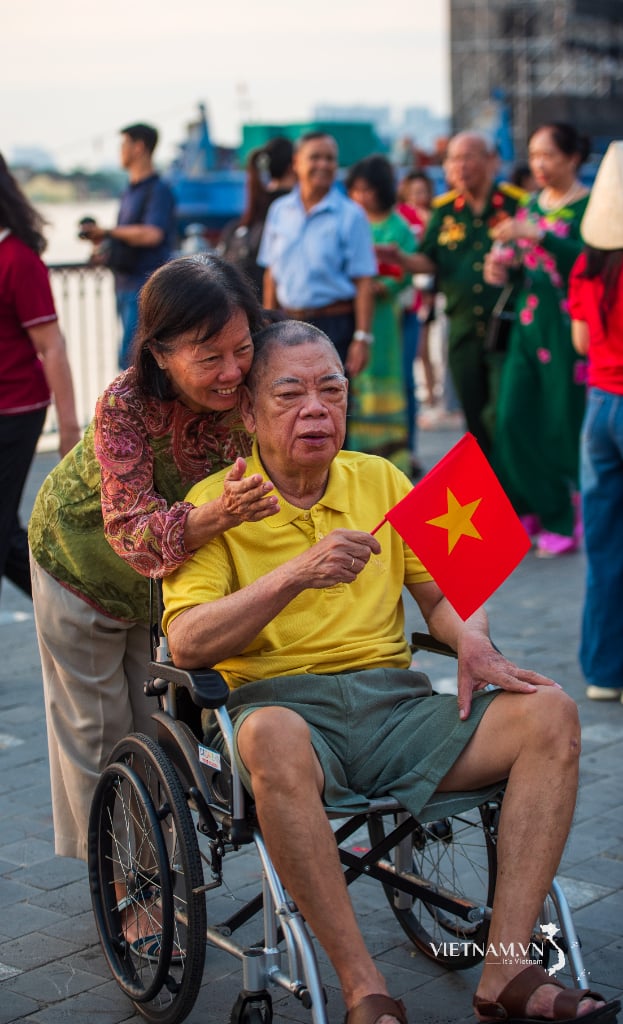
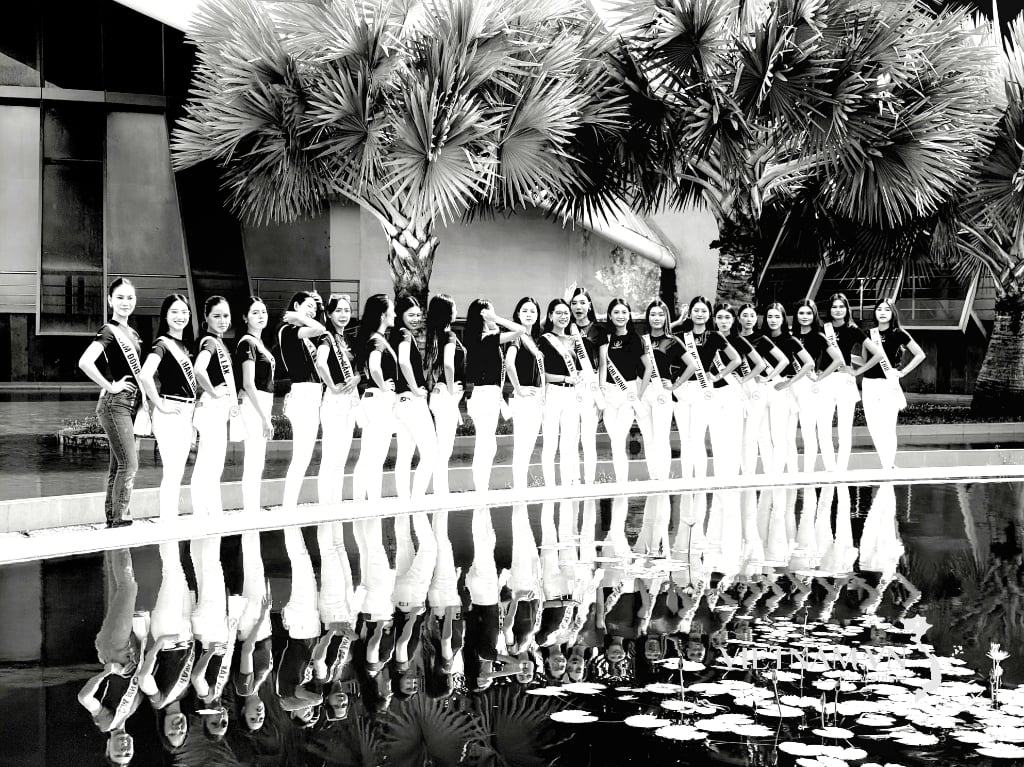
Comment (0)